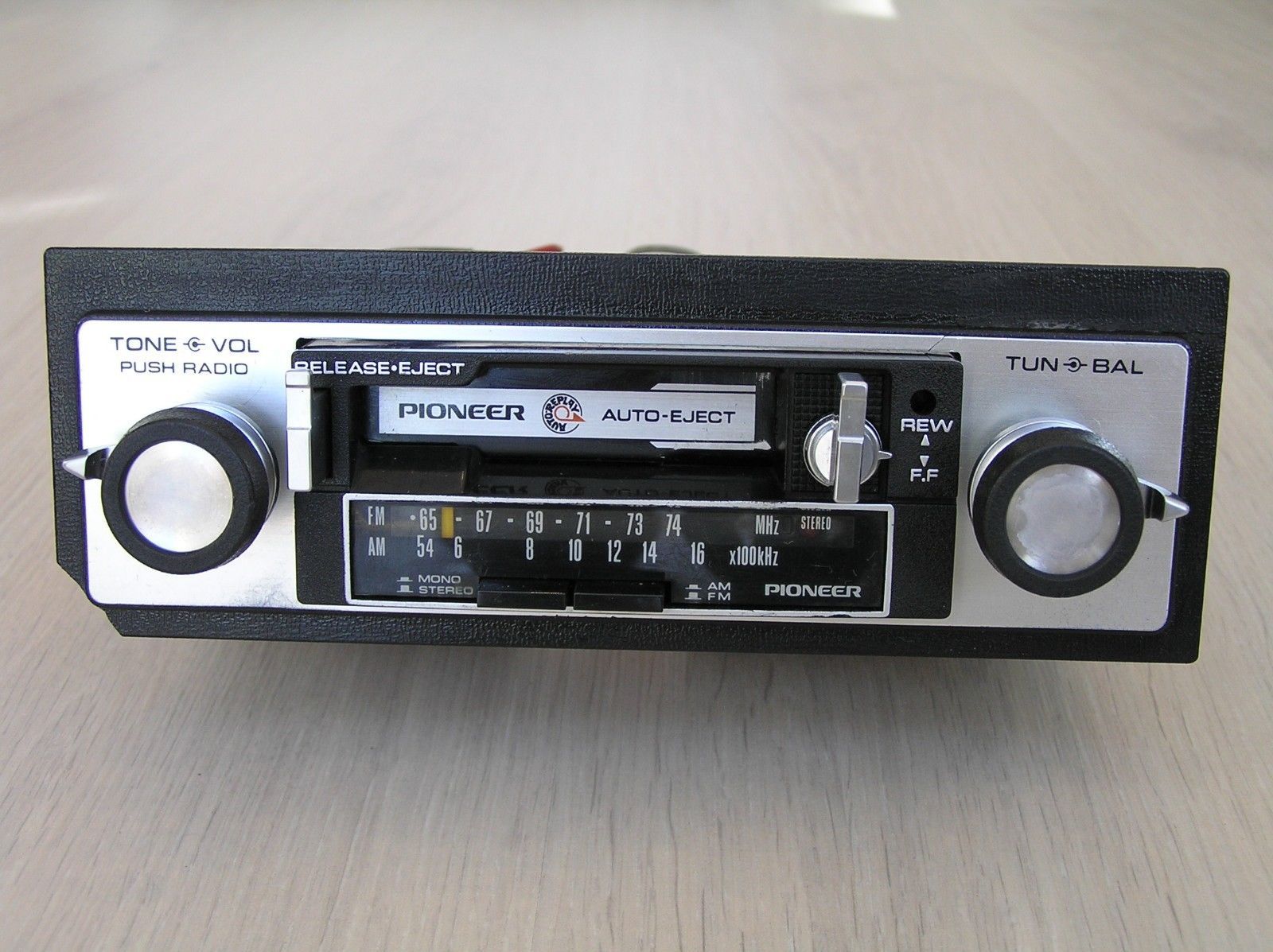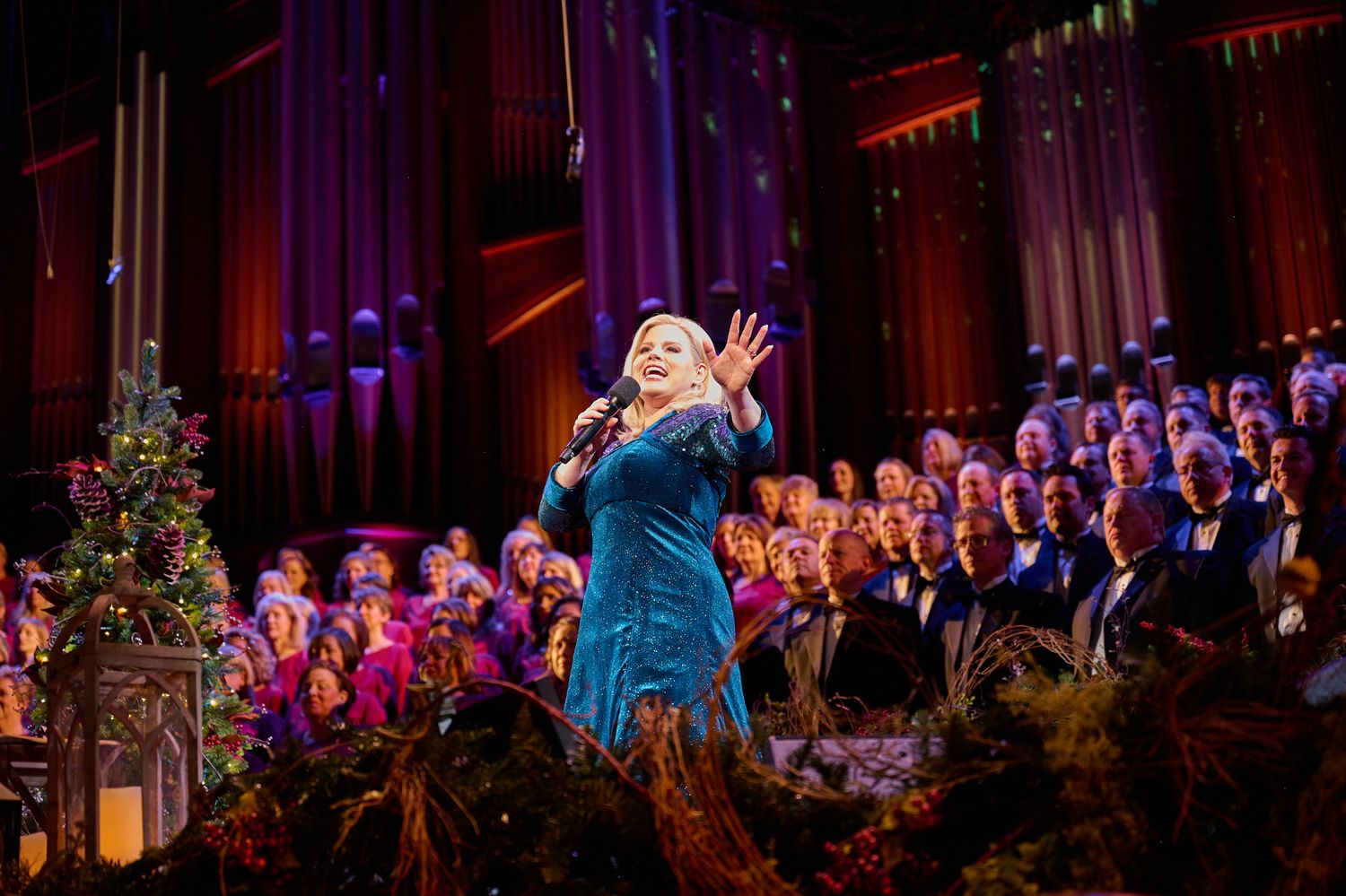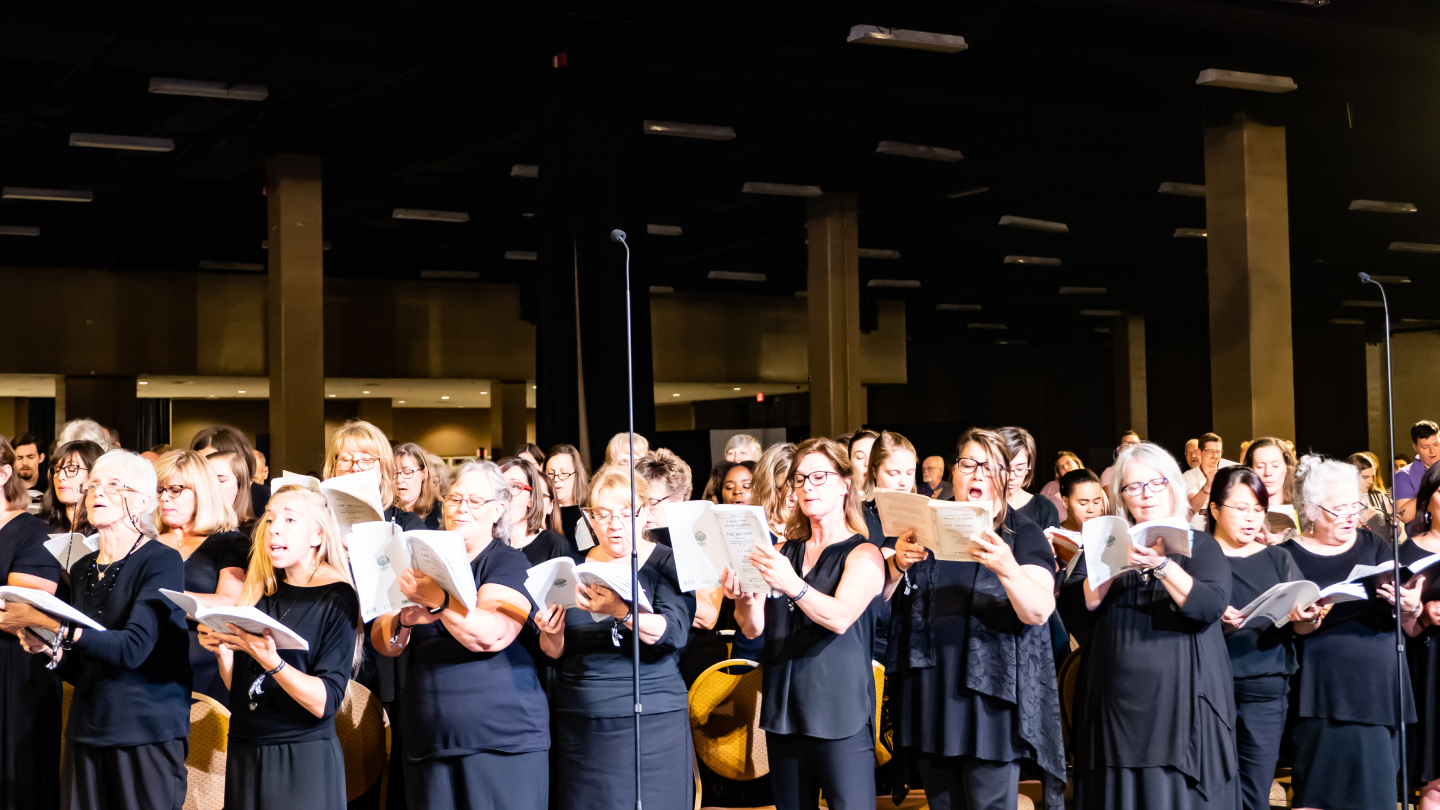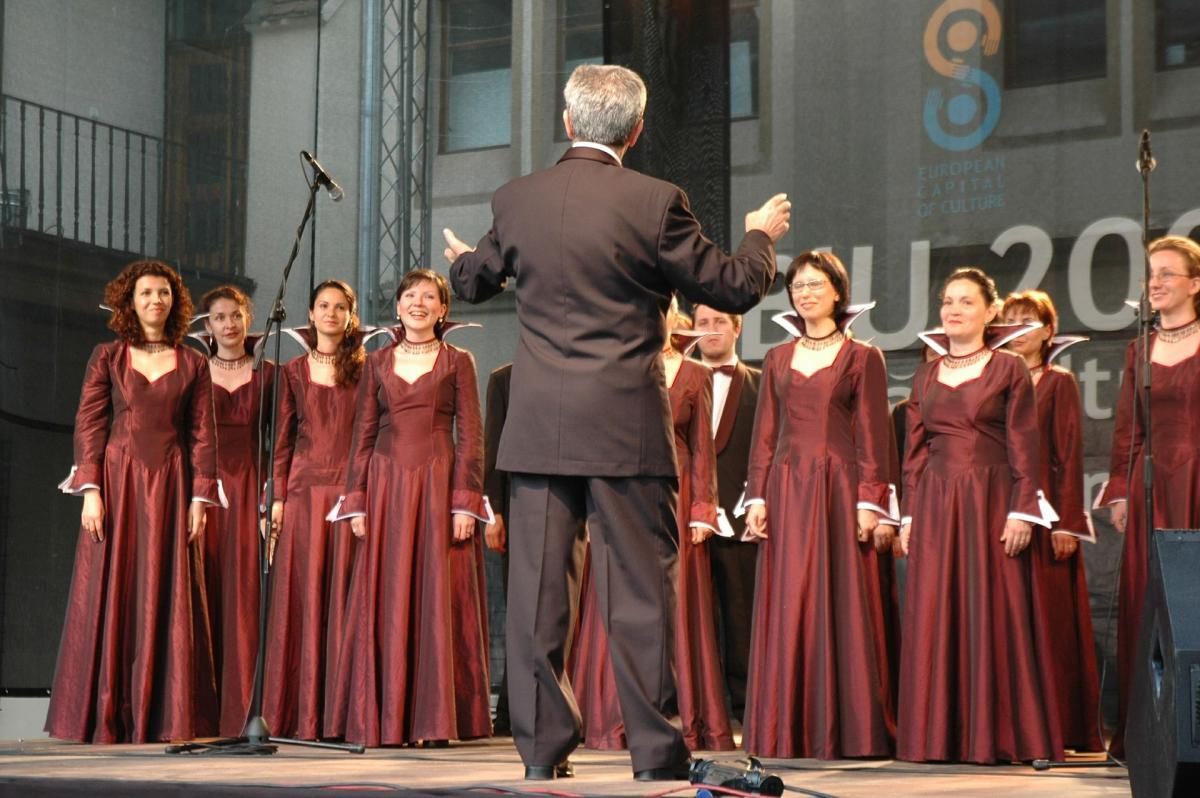Home>Production & Technology>Choir>How To Get The Most Out Of A Choir Rehearsal


Choir
How To Get The Most Out Of A Choir Rehearsal
Published: February 23, 2024
Learn how to optimize your choir rehearsal experience with our expert tips and techniques. Enhance your choir practice and performance with our valuable insights.
(Many of the links in this article redirect to a specific reviewed product. Your purchase of these products through affiliate links helps to generate commission for AudioLover.com, at no extra cost. Learn more)
Table of Contents
Choosing the Right Repertoire
Selecting the appropriate repertoire is a crucial aspect of optimizing a choir rehearsal. The choice of music sets the tone for the entire rehearsal process and significantly impacts the engagement and enthusiasm of the choir members. Here are some essential considerations when choosing the right repertoire:
-
Vocal Range and Skill Level: It is vital to assess the vocal range and skill level of the choir members. Selecting music that aligns with their abilities ensures that they can perform at their best, fostering confidence and a sense of accomplishment.
-
Diversity and Variety: A well-rounded repertoire should encompass a diverse range of musical styles, genres, and cultural influences. This not only enriches the choir's musical experience but also cultivates an appreciation for different traditions and expressions.
-
Audience and Venue: Consider the intended audience and performance venue when choosing repertoire. Tailoring the music to suit the preferences of the audience and the acoustics of the venue can enhance the overall impact of the performance.
-
Theme and Message: The chosen repertoire should align with the overarching theme or message of the performance. Whether conveying a narrative, evoking specific emotions, or celebrating a particular occasion, the music should resonate with the intended theme to create a cohesive and impactful performance.
-
Challenging Yet Achievable: Striking a balance between challenging and achievable pieces is essential. While it is important to push the choir members to expand their capabilities, overly complex pieces may lead to frustration and diminished morale. On the other hand, overly simplistic pieces may not fully showcase the choir's potential.
-
Relevance and Interest: Consider the relevance and interest of the chosen repertoire to the choir members. Selecting music that resonates with the singers can foster a deeper connection to the performance, fueling their passion and commitment during rehearsals.
By carefully considering these factors when choosing repertoire, choir directors can set the stage for productive and inspiring rehearsals, ultimately leading to an exceptional and memorable performance.
Warm-up and Vocal Exercises
Engaging in thorough warm-up and vocal exercises is fundamental to preparing the choir for a productive rehearsal. These activities not only serve to physically warm up the vocal muscles but also promote unity, focus, and overall vocal health. Here's a detailed look at the significance of warm-up and vocal exercises:
-
Physical and Vocal Preparation: Commencing the rehearsal with warm-up exercises allows choir members to release tension, improve posture, and activate their breathing and vocal mechanisms. This physical and vocal preparation sets the stage for optimal vocal production and performance.
-
Unity and Focus: Warm-up activities provide an opportunity for the choir to come together as a cohesive unit. Through synchronized breathing exercises and vocal warm-ups, the choir members establish a sense of unity and focus, fostering a collective mindset that is essential for harmonious and synchronized singing.
-
Vocal Health and Technique: Vocal exercises such as scales, arpeggios, and vocal sirens are instrumental in promoting vocal health and refining singing technique. These exercises help in developing vocal agility, range, and control, while also addressing vocal resonance, articulation, and intonation.
-
Aural Skills and Pitch Accuracy: Warm-up activities often incorporate ear training exercises and pitch-matching drills, which are invaluable for enhancing the choir's aural skills and pitch accuracy. This, in turn, contributes to the overall precision and musicality of the choir's performance.
-
Mental Preparation and Focus: In addition to the physical and vocal aspects, warm-up exercises facilitate mental preparation and focus. They serve as a transition from the distractions of daily life to a concentrated rehearsal environment, allowing choir members to center their attention on the music and the collective goal of the rehearsal.
-
Establishing Routine and Discipline: Regular incorporation of warm-up and vocal exercises establishes a routine and discipline within the choir. It communicates the importance of vocal care and preparation, instilling a sense of responsibility and commitment among the members.
By prioritizing comprehensive warm-up and vocal exercises at the onset of each rehearsal, choir directors lay a strong foundation for the subsequent musical activities. This not only optimizes vocal performance but also cultivates a sense of camaraderie and shared purpose among the choir members, ultimately contributing to the overall success of the rehearsal and future performances.
Effective Time Management
Effective time management is a cornerstone of successful choir rehearsals, ensuring that valuable rehearsal time is utilized efficiently and purposefully. By implementing strategic time management techniques, choir directors can maximize productivity, maintain focus, and achieve meaningful progress within the designated rehearsal period. Here's an in-depth exploration of the principles and strategies underpinning effective time management in the context of choir rehearsals:
Structured Rehearsal Plan
Establishing a well-structured rehearsal plan is fundamental to effective time management. This involves outlining a detailed agenda that allocates time for warm-up exercises, repertoire review, vocal technique refinement, sectional rehearsals, and collaborative ensemble work. By delineating specific time slots for each segment of the rehearsal, choir directors can ensure that all aspects of the performance receive due attention.
Prioritization of Objectives
Prioritizing rehearsal objectives is essential for optimizing time management. By identifying key areas of focus, such as refining challenging passages, addressing vocal dynamics, or polishing transitions between musical sections, choir directors can allocate time based on the relative importance of each objective. This targeted approach enhances the efficiency of rehearsals, allowing the choir to make significant strides in specific areas within the allotted time frame.
Flexibility and Adaptability
While adhering to a structured rehearsal plan is crucial, flexibility and adaptability are equally important. Unexpected challenges or breakthroughs may arise during rehearsals, necessitating adjustments to the original schedule. Choir directors should be prepared to adapt in real-time, reallocating time as needed to address emergent issues, capitalize on breakthrough moments, or provide additional support in areas requiring further attention.
Time Boundaries and Accountability
Establishing clear time boundaries for each segment of the rehearsal fosters accountability and discipline among choir members. By adhering to designated time limits for warm-ups, repertoire review, and sectional rehearsals, the choir cultivates a sense of responsibility and respect for the rehearsal schedule. This disciplined approach minimizes time wastage and promotes a focused, results-driven rehearsal environment.
Monitoring and Evaluation
Regular monitoring and evaluation of time utilization during rehearsals provide valuable insights for refining time management strategies. Choir directors can assess the effectiveness of time allocation, identify areas of inefficiency, and make informed adjustments to optimize future rehearsals. This reflective practice enables continuous improvement in time management, ensuring that rehearsals remain purposeful and productive.
By incorporating these time management principles and strategies into choir rehearsals, directors can harness the full potential of rehearsal time, leading to substantial progress, cohesive performances, and a rewarding musical journey for the choir members.
Building a Positive and Supportive Environment
Creating a positive and supportive environment within the choir rehearsal space is paramount to fostering a cohesive and uplifting musical community. This nurturing atmosphere not only enhances the overall rehearsal experience but also contributes to the emotional well-being and artistic growth of the choir members. Here's an in-depth exploration of the fundamental aspects involved in building a positive and supportive environment:
Inclusivity and Respect
Incorporating a culture of inclusivity and respect forms the bedrock of a positive choir environment. Choir directors play a pivotal role in cultivating an atmosphere where every member feels valued, respected, and included. Embracing diversity in backgrounds, perspectives, and musical abilities fosters a sense of belonging and acceptance, laying the groundwork for a supportive and harmonious choir community.
Encouragement and Affirmation
Offering genuine encouragement and affirmation is instrumental in nurturing a positive choir environment. Choir directors and fellow choir members should actively acknowledge and celebrate each other's efforts, progress, and contributions. Genuine words of encouragement and affirmations of achievement not only boost morale but also instill a sense of confidence and belonging within the choir.
Constructive Feedback and Guidance
Providing constructive feedback and guidance in a supportive manner is essential for individual and collective growth within the choir. Constructive feedback should be delivered with empathy and tact, focusing on areas of improvement while acknowledging strengths. This approach fosters a culture of continuous learning and improvement, empowering choir members to strive for excellence while feeling supported in their artistic journey.
Open Communication and Collaboration
Fostering open communication and collaboration cultivates a sense of camaraderie and mutual respect within the choir. Creating opportunities for dialogue, idea-sharing, and collaborative decision-making empowers choir members to express themselves and contribute to the collective vision. This inclusive approach not only strengthens the choir's sense of community but also encourages active engagement and investment in the rehearsal process.
Emotional Support and Empathy
Recognizing the emotional well-being of choir members and offering empathetic support is integral to building a positive and supportive environment. Choir directors and fellow members should demonstrate empathy, understanding, and willingness to provide support during challenging times. Creating a safe space for emotional expression and vulnerability fosters trust and solidarity, strengthening the choir's bond beyond musical endeavors.
Celebrating Achievements and Milestones
Acknowledging and celebrating individual and collective achievements and milestones reinforces a positive choir environment. From vocal breakthroughs and successful performances to personal milestones, such as birthdays or accomplishments outside of the choir, recognizing and celebrating these moments fosters a culture of joy, appreciation, and shared success within the choir.
By prioritizing these fundamental aspects, choir directors can cultivate a nurturing and supportive environment that empowers choir members to thrive, collaborate, and find fulfillment in their musical pursuits. This positive and supportive environment not only enhances the rehearsal experience but also lays the groundwork for memorable and impactful performances, driven by a unified and resilient choir community.
Utilizing Sectionals and Individual Feedback
Utilizing sectionals and providing individual feedback are integral components of a comprehensive choir rehearsal strategy. These tailored approaches allow choir directors to address specific vocal nuances, refine ensemble dynamics, and nurture individual growth within the choir. Here's an in-depth exploration of the strategies and benefits associated with utilizing sectionals and individual feedback:
Sectionals: Tailored Instruction and Cohesive Ensemble
Sectionals, which involve dividing the choir into smaller groups based on vocal parts or sections, offer tailored instruction that targets the unique vocal challenges and dynamics within each group. By focusing on specific vocal sections, choir directors can address technical intricacies, vocal blend, and section-specific musical interpretations. This targeted approach not only refines the individual vocal proficiency of choir members but also contributes to a cohesive and balanced ensemble sound.
Benefits of Sectionals
Sectionals provide an avenue for in-depth vocal coaching, allowing choir members to receive personalized attention and guidance tailored to their vocal part. This individualized approach fosters confidence, vocal mastery, and a deeper understanding of the musical nuances within each section. Furthermore, sectionals facilitate the refinement of vocal harmonies, dynamics, and phrasing, contributing to a polished and unified choral performance.
Individual Feedback: Nurturing Artistic Growth
Providing individual feedback during choir rehearsals is instrumental in nurturing the artistic growth and vocal development of choir members. Personalized feedback allows choir directors to address specific vocal techniques, intonation, and expression, empowering individuals to refine their vocal prowess and musical interpretation. By offering constructive guidance and encouragement, choir directors can inspire continuous improvement and a sense of personal achievement among choir members.
Benefits of Individual Feedback
Individual feedback fosters a sense of accountability and ownership of vocal performance, motivating choir members to strive for excellence and embrace continuous growth. It also cultivates a supportive environment where individuals feel valued and empowered to contribute their unique vocal abilities to the collective ensemble. Furthermore, personalized feedback nurtures a culture of continuous learning and improvement, fueling the choir members' passion for musical excellence.
By strategically utilizing sectionals and providing individual feedback, choir directors can optimize the rehearsal process, elevate vocal proficiency, and foster a collaborative and supportive environment within the choir. These tailored approaches not only enhance the overall musicality of the ensemble but also empower individual choir members to reach their full artistic potential, ultimately contributing to exceptional and resonant choral performances.
Incorporating Movement and Expression
Incorporating movement and expression into choir rehearsals adds a dynamic dimension to the musical performance, elevating the overall artistic delivery and emotional impact. By integrating purposeful movement and expressive gestures, choir directors can cultivate a deeper connection to the music, enhance storytelling, and captivate audiences with a visually engaging presentation. Here's an exploration of the significance and strategies for incorporating movement and expression within choir rehearsals.
Enhancing Musical Interpretation
Movement and expression serve as powerful tools for enhancing the choir's musical interpretation. By encouraging subtle gestures, body language, and facial expressions that align with the lyrical content and emotional nuances of the music, choir members can convey a more profound and authentic interpretation of the repertoire. This visual storytelling enriches the audience's understanding of the music and fosters a heightened sense of emotional resonance.
Uniting Music and Movement
Integrating movement with vocal performance unites the auditory and visual elements of the choir's presentation, creating a multisensory experience for both performers and audiences. Choreographed movements or natural gestures that complement the musical phrasing and thematic elements of the repertoire infuse the performance with a compelling visual narrative, amplifying the impact of the music and fostering a deeper connection with the listeners.
Expressive Gestures for Vocal Dynamics
Incorporating expressive gestures and physical dynamics aligns with vocal nuances, emphasizing crescendos, diminuendos, and emotional shifts within the music. By synchronizing movements with vocal dynamics, choir members can convey the ebb and flow of the music, adding depth and dimension to the performance. This synchronized approach enhances the choir's expressiveness and elevates the overall musicality of the presentation.
Fostering Artistic Confidence
Encouraging movement and expression within choir rehearsals fosters a sense of artistic confidence and individual ownership of the performance. By empowering choir members to embody the music through movement, directors nurture a culture of creative expression and personal investment in the repertoire. This cultivates a more immersive and authentic performance, as choir members feel empowered to fully engage with the emotional and narrative elements of the music.
Strategic Rehearsal Integration
Strategically integrating movement and expression into choir rehearsals involves collaborative exploration and experimentation. Choir directors can facilitate workshops or exercises focused on movement, encouraging choir members to explore physical interpretations of the music. By gradually incorporating movement into rehearsals, directors can refine choreography, gestures, and spatial arrangements, ensuring seamless integration with vocal performance.
Amplifying Audience Engagement
The incorporation of movement and expression not only enhances the choir's artistic delivery but also amplifies audience engagement. A visually compelling performance captivates and immerses the audience, creating a memorable and impactful musical experience. The synergy of vocal prowess and purposeful movement creates a lasting impression, leaving audiences deeply moved and connected to the choir's artistic expression.
Incorporating movement and expression within choir rehearsals elevates the artistic caliber of the ensemble, infusing performances with depth, emotional resonance, and visual allure. By embracing the synergy of music and movement, choir directors unlock the potential for transformative and compelling choral presentations that resonate with both performers and audiences.
Setting Clear Goals and Expectations
Setting clear goals and expectations is a foundational element of effective choir rehearsals, providing a roadmap for focused and purposeful musical endeavors. By establishing transparent objectives and articulating performance expectations, choir directors create a structured framework that guides the rehearsal process and empowers choir members to strive for excellence. Here's an in-depth exploration of the pivotal role played by clear goals and expectations in the context of choir rehearsals.
Alignment with Artistic Vision
Clear goals and expectations align the choir's efforts with the overarching artistic vision, ensuring that every rehearsal contributes meaningfully to the realization of the collective musical vision. By articulating specific musical objectives, interpretative nuances, and performance standards, choir directors imbue rehearsals with purpose and direction, fostering a unified pursuit of artistic excellence.
Goal Precision and Clarity
Precise and clearly defined goals provide the choir with a clear understanding of the desired musical outcomes. Whether aiming to refine vocal dynamics, achieve seamless transitions between musical sections, or embody a specific emotional narrative, articulated goals serve as beacons that guide the choir's collective efforts, fostering a shared understanding of the rehearsal's focal points.
Individual and Collective Accountability
Setting clear goals and expectations cultivates a sense of individual and collective accountability within the choir. Each choir member understands their role in contributing to the attainment of the shared objectives, fostering a commitment to personal growth and ensemble cohesion. This shared accountability creates a collaborative environment where every member's contribution is valued and essential to the collective success.
Motivation and Progress Tracking
Transparent goals and expectations serve as motivational benchmarks, inspiring choir members to strive for continuous improvement and musical mastery. The clarity of defined objectives enables choir members to track their progress, celebrate milestones, and remain motivated throughout the rehearsal process. This sense of purpose and progress monitoring fuels the choir's passion for artistic growth and achievement.
Empowerment and Ownership
Clear goals and expectations empower choir members to take ownership of their musical journey. By understanding the specific expectations and milestones, choir members are equipped to actively engage in the rehearsal process, seek personal improvement, and contribute to the collective pursuit of musical excellence. This sense of ownership fosters a culture of dedication and self-motivated artistic development within the choir.
Adaptability and Iterative Refinement
While clear goals provide a structured framework, they also allow for adaptability and iterative refinement. Choir directors can assess the progress towards the defined goals, make informed adjustments, and recalibrate objectives as needed. This iterative approach ensures that the rehearsal process remains dynamic and responsive to the evolving needs and aspirations of the choir.
By setting clear goals and expectations, choir directors establish a purpose-driven rehearsal environment that fosters artistic growth, unity, and collective achievement. Through transparent communication of objectives and standards, choir members are empowered to embark on a musical journey characterized by focus, motivation, and shared commitment to realizing the choir's artistic potential.
Providing Opportunities for Feedback and Reflection
Facilitating opportunities for feedback and reflection within choir rehearsals is instrumental in nurturing a culture of continuous improvement, self-assessment, and collective refinement. By creating a structured framework for feedback exchange and introspective contemplation, choir directors empower choir members to actively engage in the rehearsal process, refine their musical contributions, and contribute to the overall artistic growth of the ensemble.
Constructive Feedback Exchange
Encouraging open and constructive feedback exchange fosters a collaborative environment where choir members can offer insights, suggestions, and observations regarding vocal dynamics, ensemble balance, and interpretative nuances. This feedback loop enables choir members to actively participate in the collective refinement of the choir's performance, fostering a sense of ownership and investment in the artistic process.
Peer-to-Peer Evaluation
Incorporating peer-to-peer evaluation sessions provides choir members with the opportunity to receive constructive feedback from their peers, fostering a supportive and inclusive feedback culture. This approach not only promotes mutual learning and growth but also encourages empathy and understanding among choir members, strengthening the ensemble's sense of camaraderie and shared commitment to musical excellence.
Self-Reflection and Artistic Growth
Encouraging individual self-reflection allows choir members to introspectively assess their vocal contributions, interpretative nuances, and personal growth within the ensemble. By fostering a culture of self-assessment, choir directors empower individuals to identify areas for improvement, set personal goals, and actively engage in their artistic development, contributing to the collective advancement of the choir.
Guidance and Mentorship
Providing opportunities for one-on-one feedback sessions with choir directors facilitates personalized guidance and mentorship, allowing choir members to receive tailored feedback and vocal coaching. These sessions offer a platform for in-depth discussions, vocal technique refinement, and targeted support, nurturing a culture of continuous learning and individual mentorship within the choir.
Reflective Dialogue and Goal Setting
Engaging in reflective dialogue sessions where choir members collectively analyze past performances, vocal challenges, and artistic achievements fosters a culture of shared reflection and goal setting. By collaboratively identifying areas for improvement and setting collective objectives, choir members align their efforts with the pursuit of continuous artistic refinement, ensuring that each rehearsal contributes meaningfully to the choir's growth.
Iterative Improvement and Artistic Evolution
By integrating feedback and reflection into the rehearsal process, choir directors and members embark on an iterative journey of improvement and artistic evolution. The continuous refinement of vocal dynamics, interpretative nuances, and ensemble cohesion driven by feedback and reflection cultivates a dynamic and resilient ensemble that is committed to reaching new heights of musical excellence.
By providing structured opportunities for feedback and reflection, choir directors foster a rehearsal environment characterized by transparency, collaboration, and collective ownership of artistic growth. This feedback-driven approach empowers choir members to actively contribute to the ensemble's refinement, ensuring that each rehearsal becomes a stepping stone towards a resonant and compelling choral performance.











